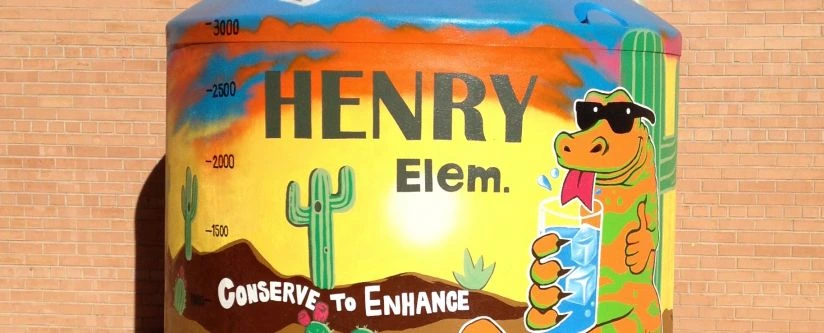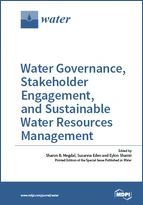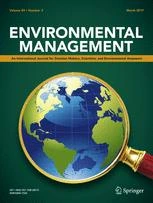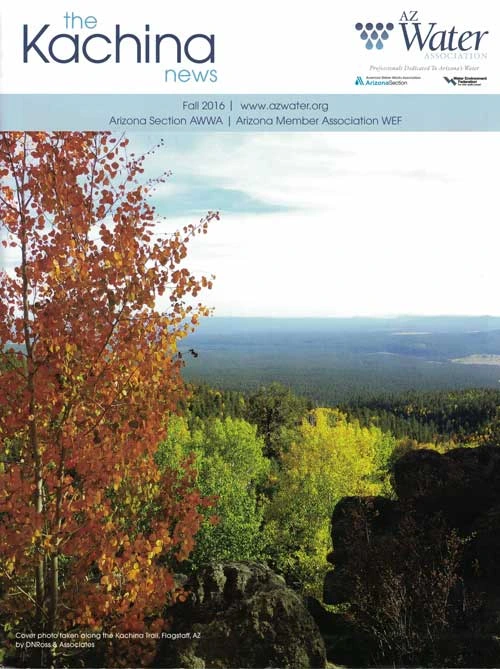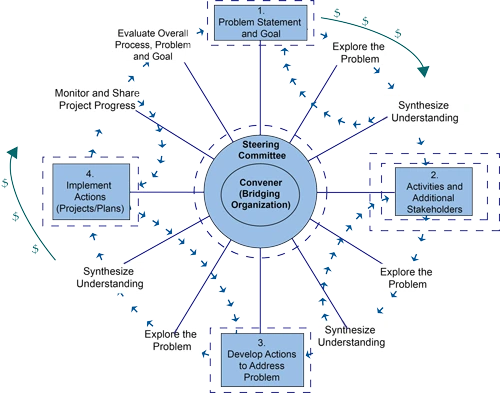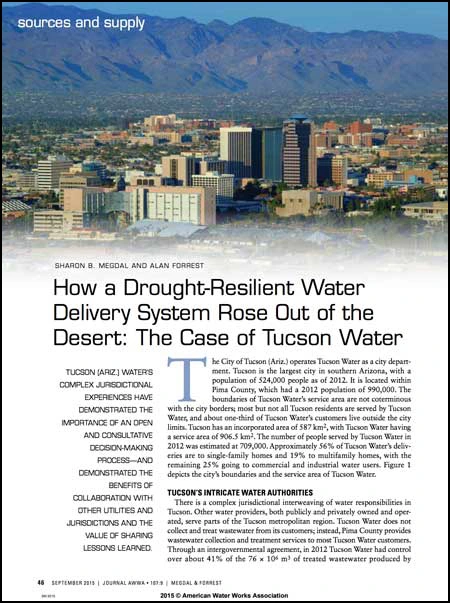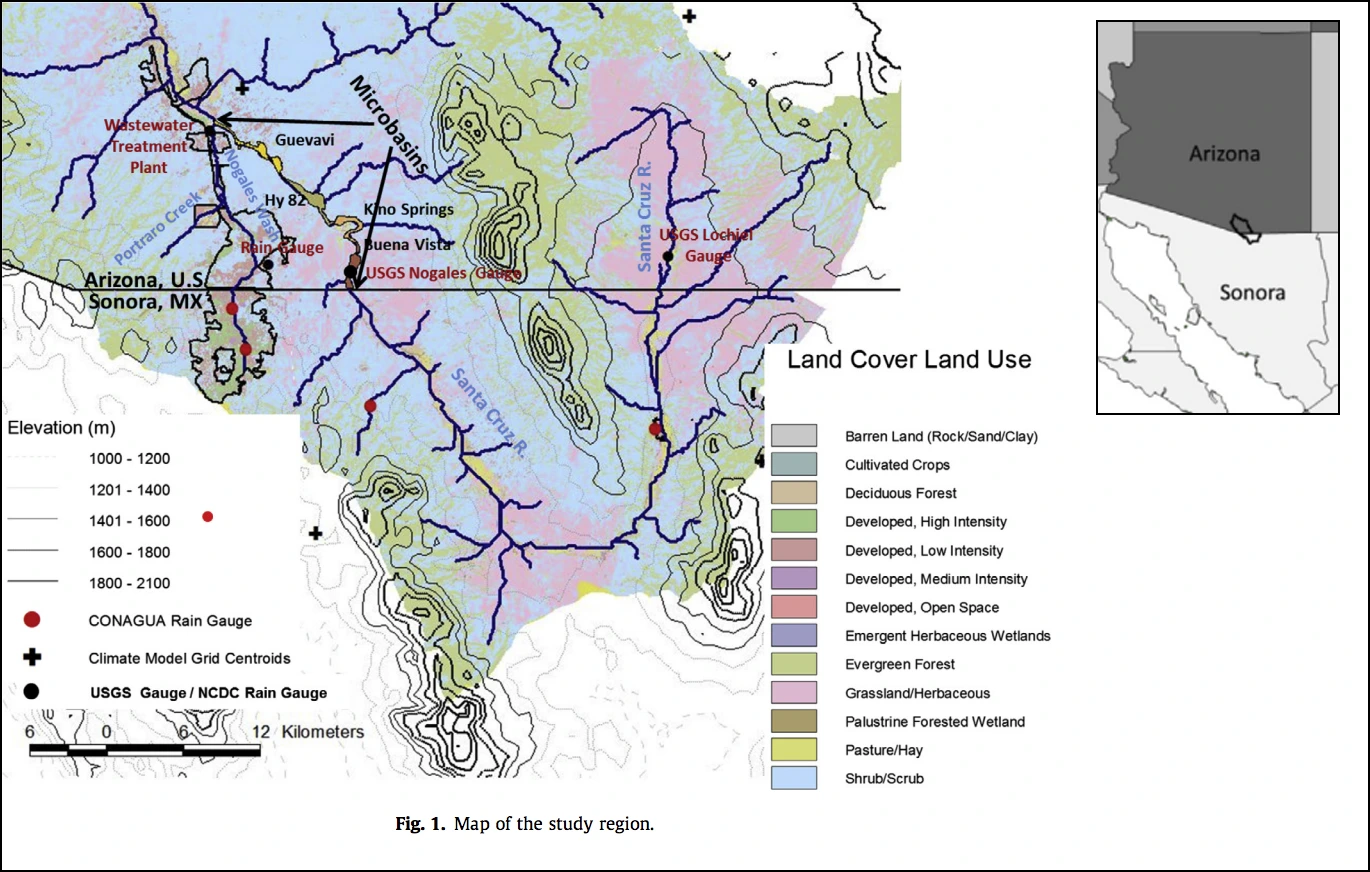Groundwater Visibility: The Missing Link
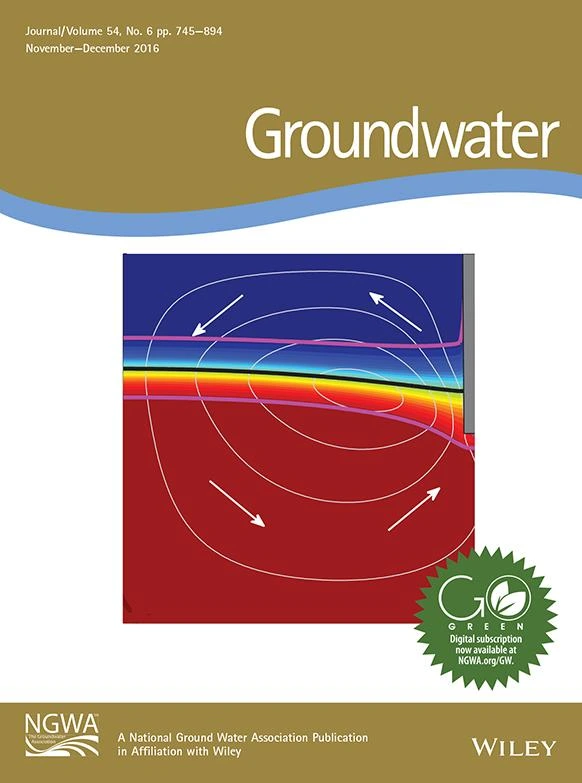
For most of the public, groundwater is out of sight and out of mind. Our inability to readily see groundwater and limited measurements of this resource contribute to its lack of visibility in discussions of water policy, governance, and management—at least when compared to surface water. This visibility challenge is far from new. In 1861, an Ohio court famously concluded that groundwater was so “secret, occult, and concealed” that any attempt to regulate it “would be involved in hopeless uncertainty, and would be, therefore, practically impossible” (Frazier v. Brown 1861). While the science and water law have advanced, groundwater remains largely undervalued and narrowly perceived (Campana 2014), not only by the general public but also by many professionals in the water, energy, environmental, and agricultural sectors.



